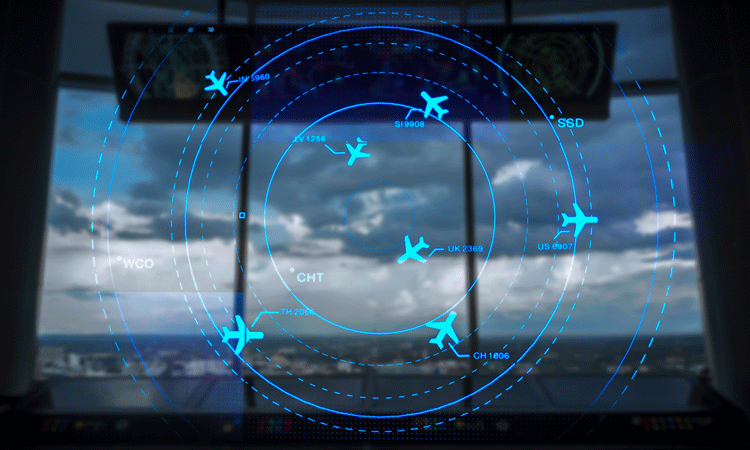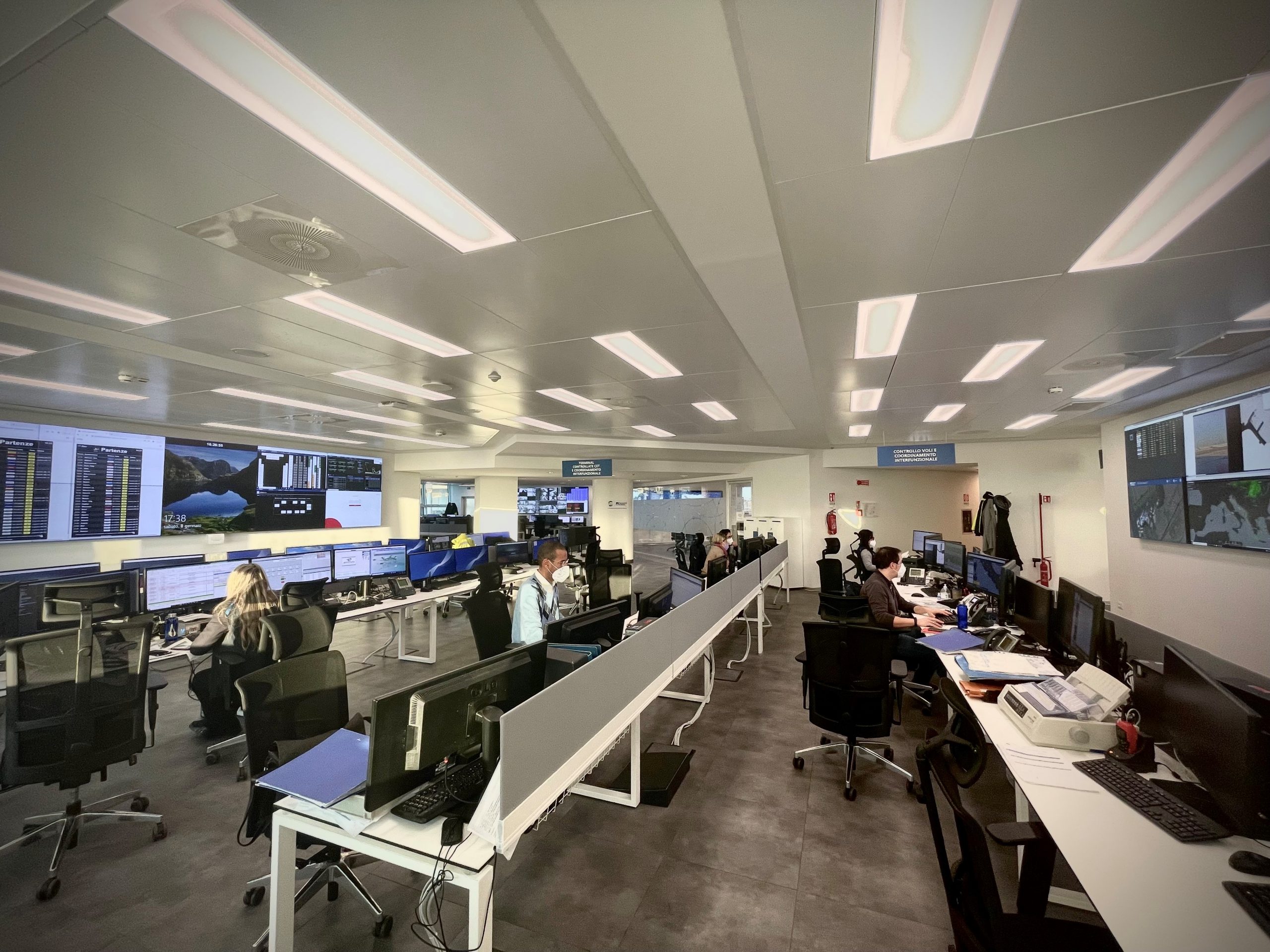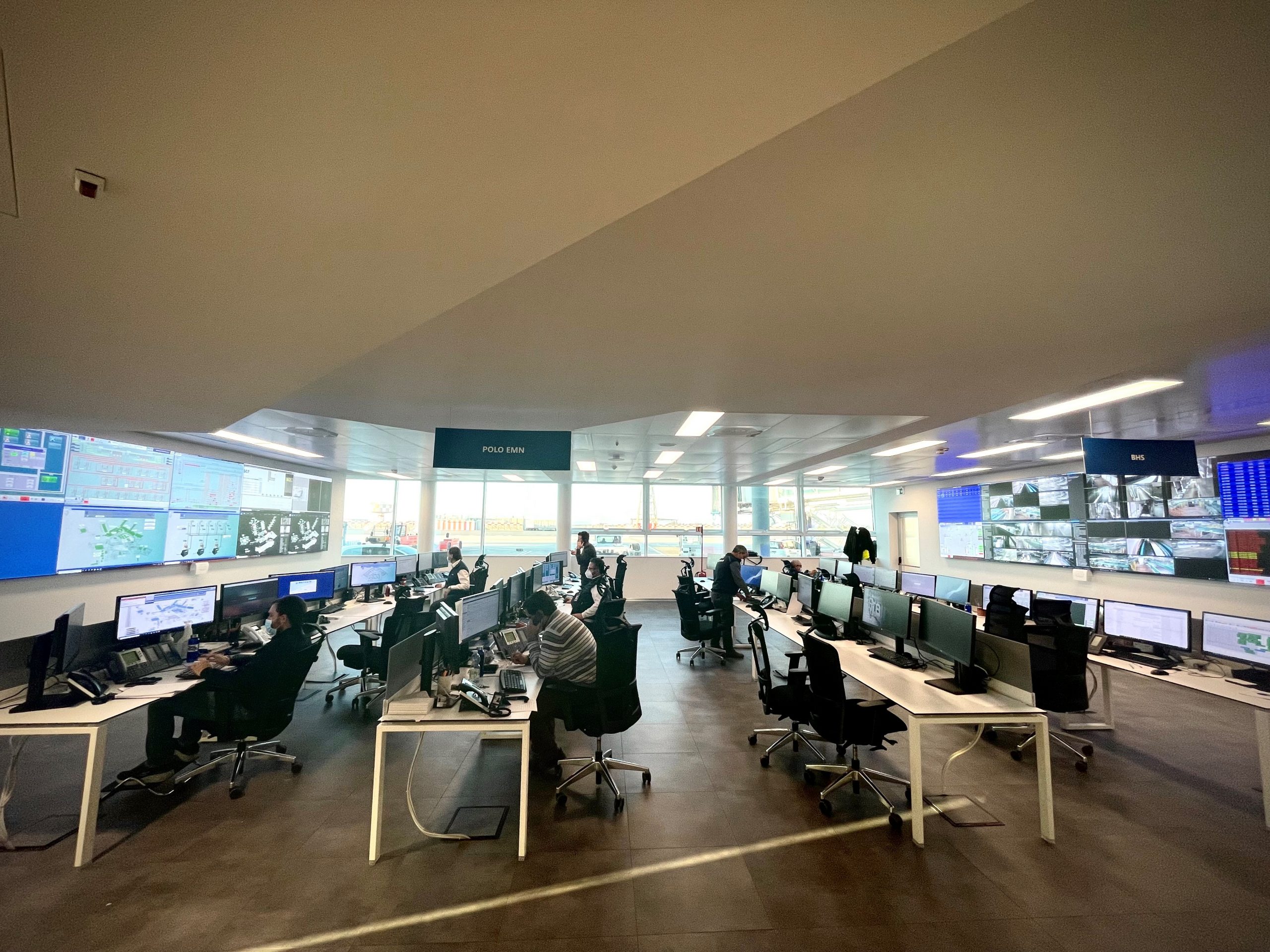Simplifying air operations at Fiumicino International Airport
- Like
- Digg
- Del
- Tumblr
- VKontakte
- Buffer
- Love This
- Odnoklassniki
- Meneame
- Blogger
- Amazon
- Yahoo Mail
- Gmail
- AOL
- Newsvine
- HackerNews
- Evernote
- MySpace
- Mail.ru
- Viadeo
- Line
- Comments
- Yummly
- SMS
- Viber
- Telegram
- Subscribe
- Skype
- Facebook Messenger
- Kakao
- LiveJournal
- Yammer
- Edgar
- Fintel
- Mix
- Instapaper
- Copy Link
Posted: 9 February 2022 | Fabrizio Magliocca | No comments yet
Fabrizio Magliocca, Head of APOC Management at for Aeroporti di Roma, in conversation with International Airport Review’s Editorial Assistant, Lily Mae Pacey, discusses how the new airport operations centre at Fiumicino International Airport has shaped its ability to approach and tackle complex scenarios, simply.


Advanced technologies, facilitated communications, promptness in responding to critical issues, integration and proximity between operators and stakeholders: this is how the daily life of those who work in the new AirPort Operations Centre (APOC) in Fiumicino has changed in a short time.
How will the control centre shape the airport and its operations?
Aeroporti di Roma, the management company of Fiumicino and Ciampino airports, has designed the new APOC-AirPort Operations Centre to cope with the increasing complexity of the airport operations with the aim of simplifying interactions between different stakeholders, improving the airport capacity utilisation, and building a more effective decision process.
‘Trusted collaboration’, ‘forward-looking awareness’, and ‘commitment to improvement’ are the three core values of our APOC, and I believe they perfectly represent the modus operandi expected by each of the nearly 200 people who will be called to give their contribution inside the operations centre every day.
Collaboration will be the key element of the model to-be, with controllers from different business areas working side-by-side, promoting a quick and effective exchange of information, free from hidden motives or afterthoughts, which will benefit all airport stakeholders.
The APOC groups operators from operational planning, terminal and airside operations, BHS, maintenance, security, and ICT.
The structure is then equipped with a collaboration room open to external stakeholders, with a focus on handling companies, hub carrier, and state bodies.
The layout of the APOC is the result of a comprehensive analysis of the pre-existing information flows between the various business units, so that those with a higher rate of interaction could be positioned closer to minimise the communication efforts.


Credit: Fiumicino International Airport
Daily activities are punctuated by two operational briefings, both in the early morning and late afternoon, during which we share the daily plan and the main evidence provided by the different business units inside the APOC (expected traffic, maintenance plans, processes, specific events etc).
To facilitate everyone’s work and minimise the discretionary approach, we have defined a catalogue of disruptions that represents the reference point for the management of critical issues.
Disruptions are classified into different severity levels (from one to five). At each severity level corresponds a degree of internal escalation and/or involvement of external stakeholders.
Ad hoc procedures are therefore associated with every disruption, describing the activities that each actor within the APOC is required to carry out but, and above all, what type of information is expected to be exchanged in order to properly supervise the event.
Technology is the other key element of the APOC. We use more than 130 different applications with whom we manage a wide range of processes, from infrastructure scheduling to temperature monitoring and so on.
The new technology that goes beyond human factor – how will this advance operations?
Although planning and forecasting have always been distinctive elements of our industry, the decision-making process in airport operations requires cutting-edge tools that can support operators while coping with any type of unexpected situation such as: delays, adverse weather conditions, and unavailability of equipment.
Remote controlling is there to enhance all those checks on the status of our core processes, systems, and infrastructures, making them faster, more effective and in line with the growing complexity of the operations we are called to manage.


Credit: Fiumicino International Airport
Since the beginning, we also wanted to give our operators a holistic view of the entire airport ecosystem; for this reason, leveraging on the huge amount of data at our disposal, we deployed operational dashboards that offer an updated near real time overview of the airport’s performance.
These dashboards, which are part of the first release of our AOP, include KPIs that cover both airside and terminal/landside operations. Each KPI is associated with a threshold, beyond which the system submits a warning to our operators and therefore a checklist to be followed to take charge of the notice.
Our ‘Inter-functional co-ordination unit’ continuously updates the initial planning scenarios, considering the expected arrival and departure times of flights, the operating status of the infrastructures, the information we gather from our monitoring systems (e.g., vehicle tracking and queue management) and those that we receive directly from external stakeholders. To make this process fast and reliable our new resource management system will provide a semi-automated infrastructure schedule update that will take into accounts all the relevant constraints through ad hoc optimisation algorithms.
The technology in APOC is also behind the scenes, almost all our systems are virtualised and appropriately redundant to minimise the risk of unavailability and ensure business continuity.
If we think of unmanned operations or artificial intelligence it is certain that these will play a major role on how we will do things in the next year, but, at Aeroporti di Roma we believe technology should mainly support human decision processes and every system in use inside the APOC lends itself to this.
The goal is to anticipate problems and manage unexpected events by reducing the risk of disruption.
What areas will this help to improve?
At ADR we started this journey through collaborative decision making in 2014, with the full deployment of the A-CDM procedure. The benefits from this were tangible and we expect the same and even more from the APOC itself.
With the implementation of the most intelligent allocation of terminal and airside resources, the active analysis of every equipment status, the real time monitoring of key processes flows, but, mostly, through the fruitful exchange of information between different stakeholders, we believe we will bring an increased flight punctuality and an optimal use of the overall airport capacity.
Also, we will offer a smoother journey to all our passengers and a better management of any irregularity we will have to face in the next future.


Related topics
Air traffic control/management (ATC/ATM), Airport development, Airside operations, In-flight activity, New technologies, Security, Terminal operations


















